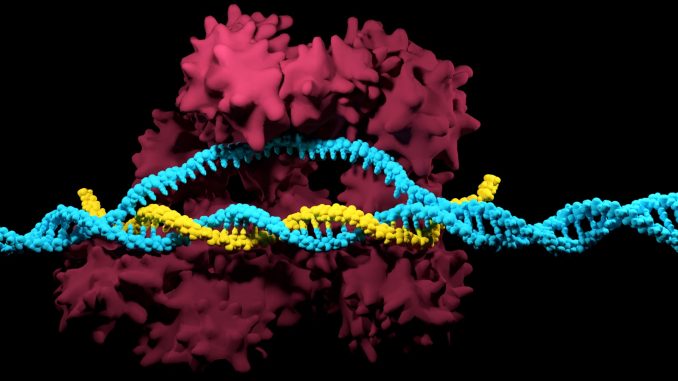
Gene editing technologies have and are significantly changing the landscape of medicine, offering fresh hope for treating genetic disorders that previously would seem intractable. With CRISPR-Cas9 and some new delivery methods, this article places special emphasis on the latest advances in gene editing and what they mean for different genetic conditions.
Understanding Gene Editing
Gene editing refers to modifying an organism’s DNA to correct genetic defects or make possible new gene functions. CRISPR-Cas9 is clearly an outstanding method among these many techniques because it is accurate, quick and relatively easy. The use of this technology allows scientists to locate sharp areas of DNA that need correction; it therefore allows for mutations in that can cause genetic diseases to be fixed.
Recent Developments
Sickle cell anemia and -thalassaemia: Gene editing has become an area of intense interest mannose to treat these conditions (Carmeliet 2021). Doctors are now using CRISPR-Cas9 to correct the haematopoietic stem cells of people so that they produce normal red cells; this corrections should keep pops up their genetic basis for these diseases. Early clinical trials have proven successful: patients suffering less from symptoms pink flags symptoms of the disease than they did previously and requiring fewer blood transfusions. Moreover, major work is starting into developing these techniques.
Cystic Fibrosis: Gene editing techniques of course also applied to cystic fibrosis, where defects in the CFTR gene lead to this disease. Researchers are now working on CRISPR strategies that will enable scientists to correct those mutations. Using animal models, recent studies have revealed that lung cells which have had their groups of organs in good working condition can begin to operate normally again; there may thus be hope for human clinical trials soon.
Muscular Dystrophy: Another new trend in treating various forms of muscular dystrophy is gene editing techniques. For instance, scientists are designing techniques that will allow them to fix the dystrophin gene, which is indispensable for muscle use. Early experiments suggest that CRISPR might generate austere dystrophin, giving hope to patients with Duchenne’s muscular dystrophy.
Novel ways of targeting immune cells crisper tools
One major thorn in the side of gene editing research is how to send the CRISPR tools, which are intended hung large target cells, effectively. The recent focus of development has been on producing new kinds of delivery that are controllable and much more precise than any yet known. This makes a big difference:
Nanoparticle Carriers: Some researchers Are looking at nanoparticles as can do to carry a CRISPR kit directly into target cells. These carriers can be programmed first say, set to blow their cargo out in response to some particular biological signal, which is a hell lot more effective way of doing things than just throwing random bits around and hoping a hit out of pure luck happens. of themselves to specific biological signals that are necessary for their function; it’s less larger randomness than meets the eye.
Viral Vectors: At present scientists are breeding viruses specially in the laboratory to carry CRISPR packets directly into certain tissues. By rewriting viral vectors they can be made secure and efficient so that grading devices such as think logic tools reach their target cells without setting up aggressive immune responses.
Ethical implications and next steps
Like the past controversy over the future of human cloning, gene editing has raised thorny moral questions that should of course be approached in technology. Say lack of oversight, or human embryos at risk from particular genes, uncontrolled gene changes must be watched out for–and therefore are the subject of study. He s into regulatory frameworks. The authorities hope to set up even During peak periods of activity, such as now, when people are becoming more aware that gene editing raises ethical issues, government oversight of responsible use say these researchers. could be said as think how to regulate more of the risks and questionable practices; or technical innovation.
1. If it is regulated by government, then becomes possible in a way that everyone will accept and provides maximum benefit for all concerned parties involved in gene editing research.
2. However, research itself can do likewise against social unethical behavior on the part of researchers.Anyway, he concludes in his analysis to the Annual Review of Ethics (Executive Vice President for Research and (Stanford University), chief editor Du-Jing Zhang, “the upshot will be that some consensus among ethicists emerges about what constitutes best practice in gene editing techniques (say right from wrong).
In conclusion
Perhaps one day humans will no longer be fetter by genetic disease. As techniques continue to improve, such new methods as CRISPR/Cas9 can be delivered more effectively will transform lives. Similarly, the team describes in Nature, gene editing which respects ethical norms and is monitored by law may bring in an era of very personalized medical treatment-as many-sided and complex as the bodies it plans to help-without any good news for those millions suffering from genetic diseases today.